
Soviet mosaic in Yuzhno-Sakhalinsk.
Yuri Smityuk/TASS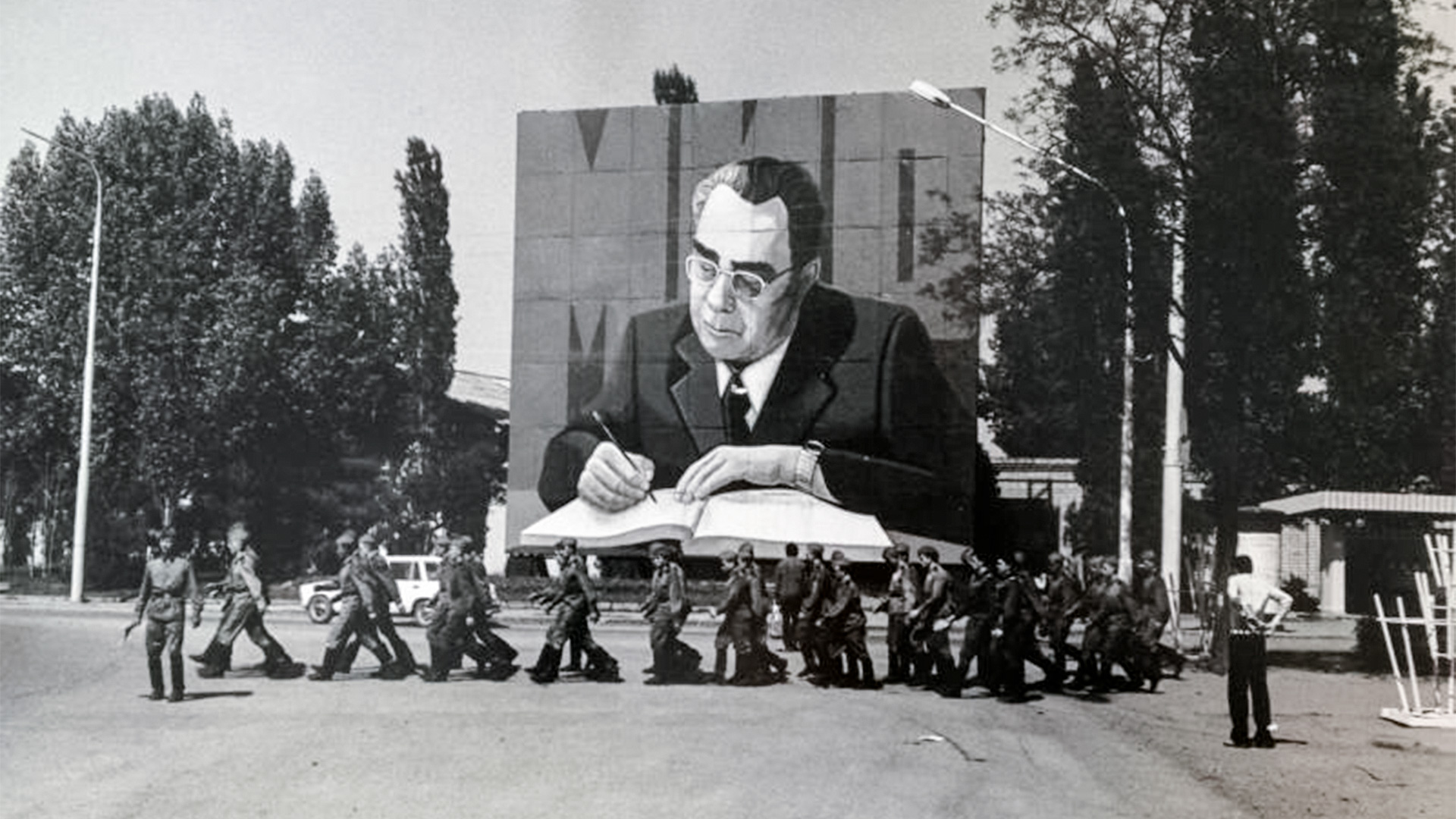 Valery Schekoldin/МАММ/ russiainphoto.ru
Valery Schekoldin/МАММ/ russiainphoto.ru
Since its foundation, the Soviet Union had to fight not only on the battlefield but also in the ideological arena. Soviet leaders understood that art and architecture were crucial elements in this conflict to show Soviet power and glory to its own people and to the world.
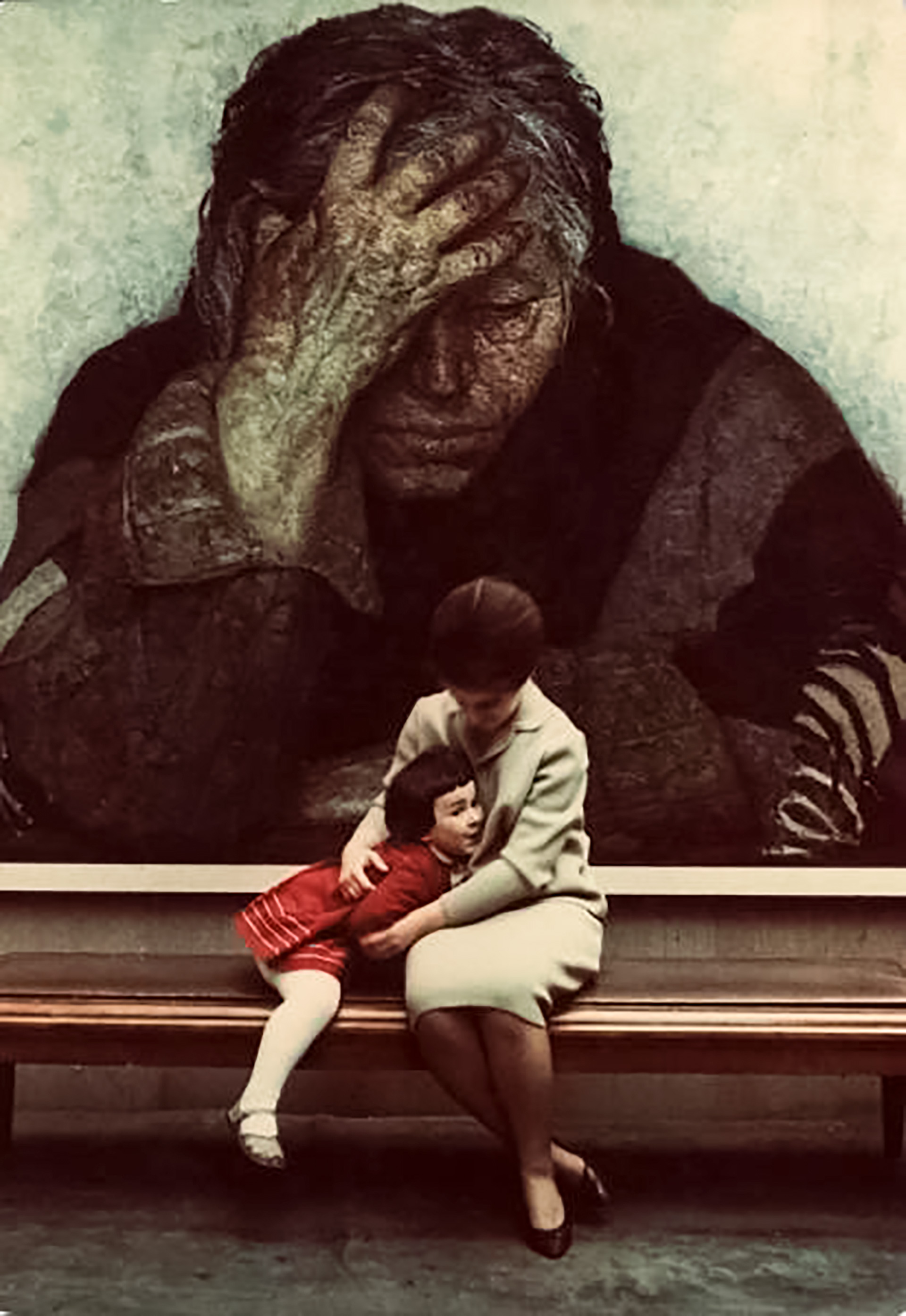 Vsevolod Tarasevich/МАММ/ russiainphoto.ru
Vsevolod Tarasevich/МАММ/ russiainphoto.ru
In 1918, Vladimir Lenin initiated a plan of “Monumental propaganda,” and according to this strategy, numerous monuments became important means to propagate revolutionary ideas. Still, due to the use of inexpensive materials, most monuments haven’t survived.
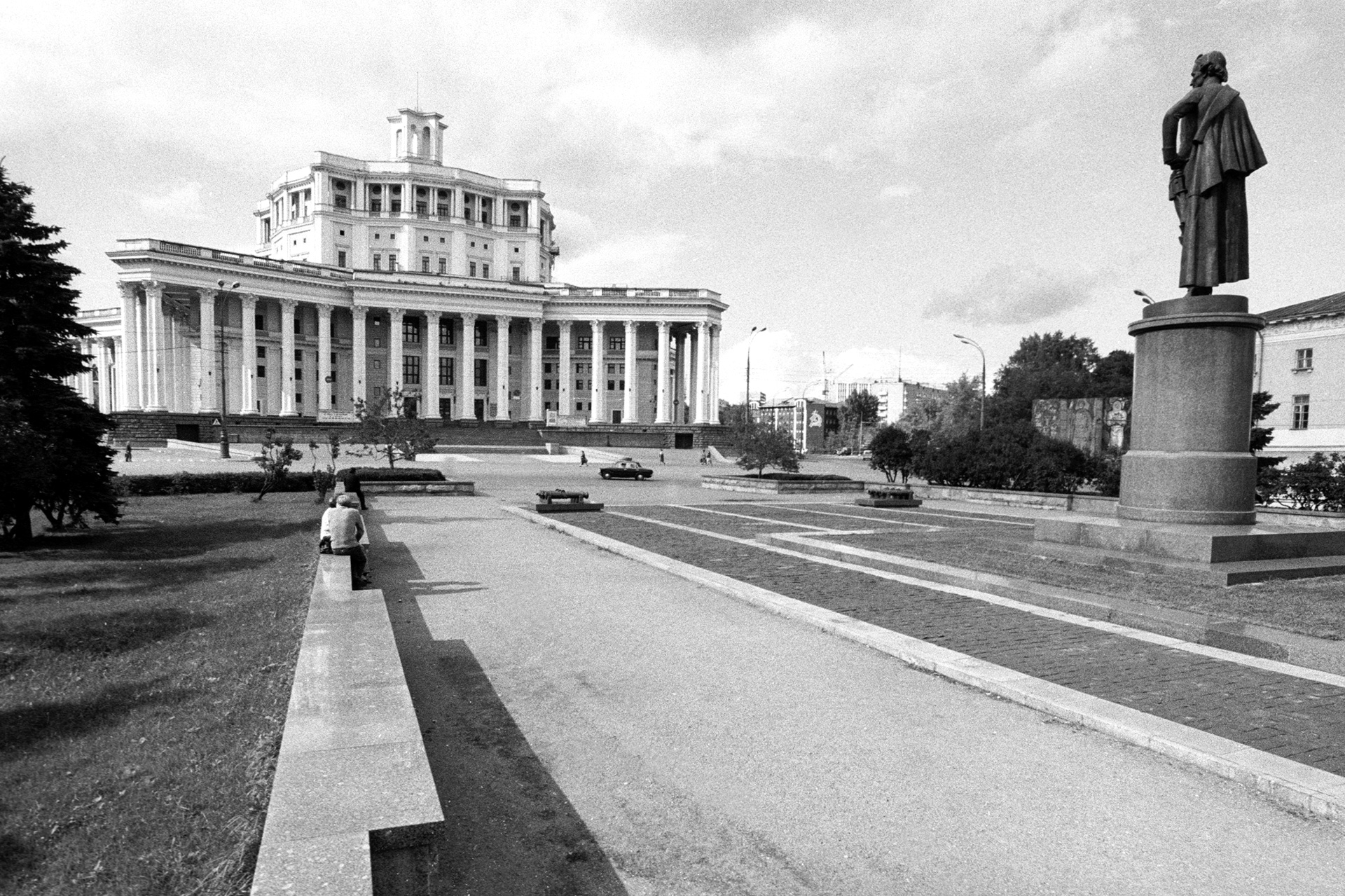 A public garden on Kommuny Square in front of the Central Academic Soviet Army Theater. / Vitaliy Karpov/RIA Novosti
A public garden on Kommuny Square in front of the Central Academic Soviet Army Theater. / Vitaliy Karpov/RIA Novosti
Stalin’s rule was the time of colossal and grand plans in Moscow: the Seven Sisters skyscrapers, the unrealized Palace of the Soviets, The Red Army Theater, and much more. The Stalinist Empire Style in architecture was an effort to boldly declare to the world that nothing was impossible for the young Soviet state.
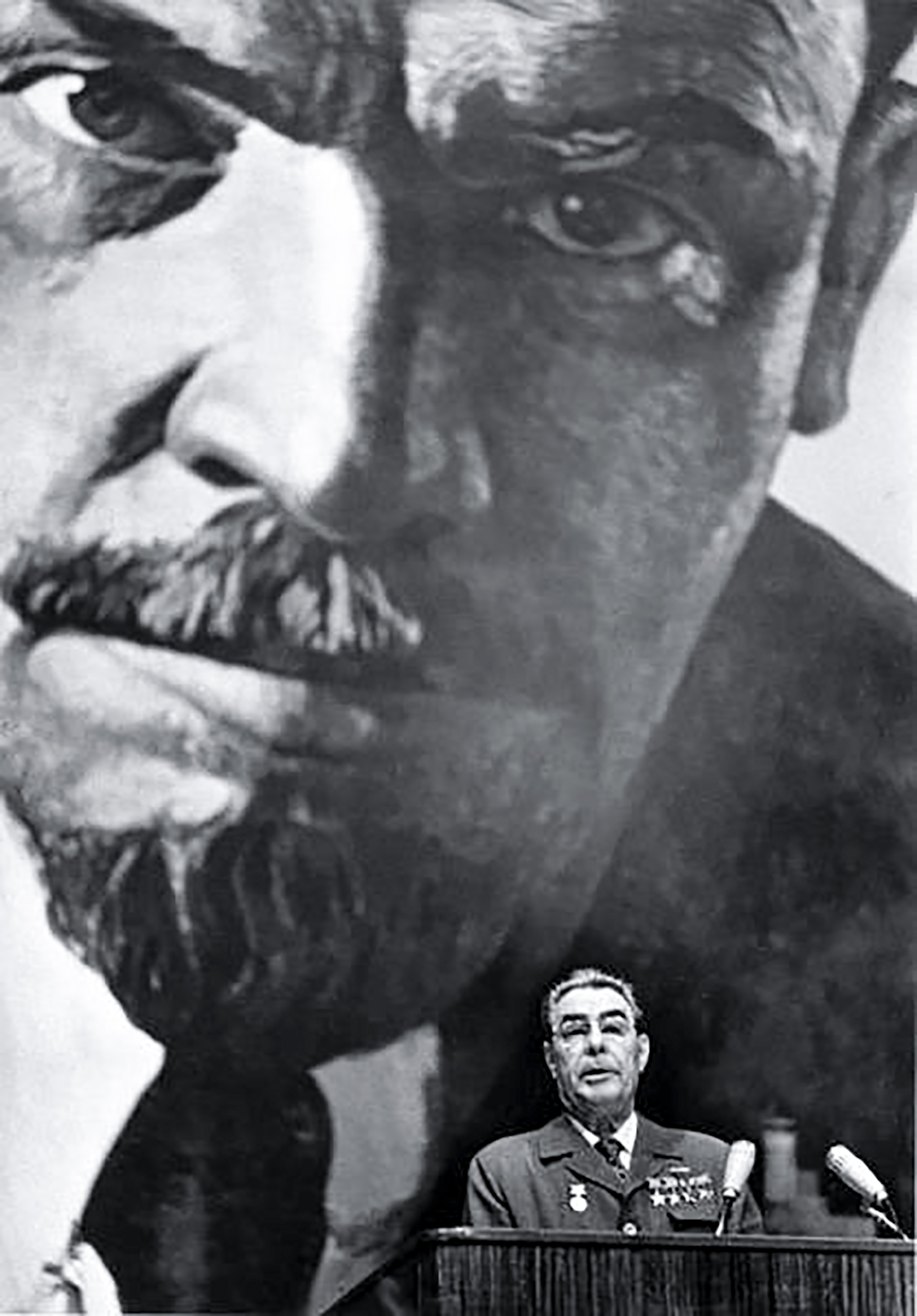 Dmitry Baltermanc/МАММ/ russiainphoto.ru
Dmitry Baltermanc/МАММ/ russiainphoto.ru
In the 1960s, colossal projects became something of the past, and the monumental architecture of Stalin’s era gave way to something more functional. Still, no one wanted to entirely abandon monumentality.
 "The Motherland Calls" statue in Volgograd, 1969 / Zelma/RIA Novosti
"The Motherland Calls" statue in Volgograd, 1969 / Zelma/RIA Novosti
Huge monuments were built to honor the memory of fallen soldiers in the Great Patriotic War. Among the most breathtaking are “The Motherland Calls” in Volgograd, and “Courage” in the city of Brest in Belarus.
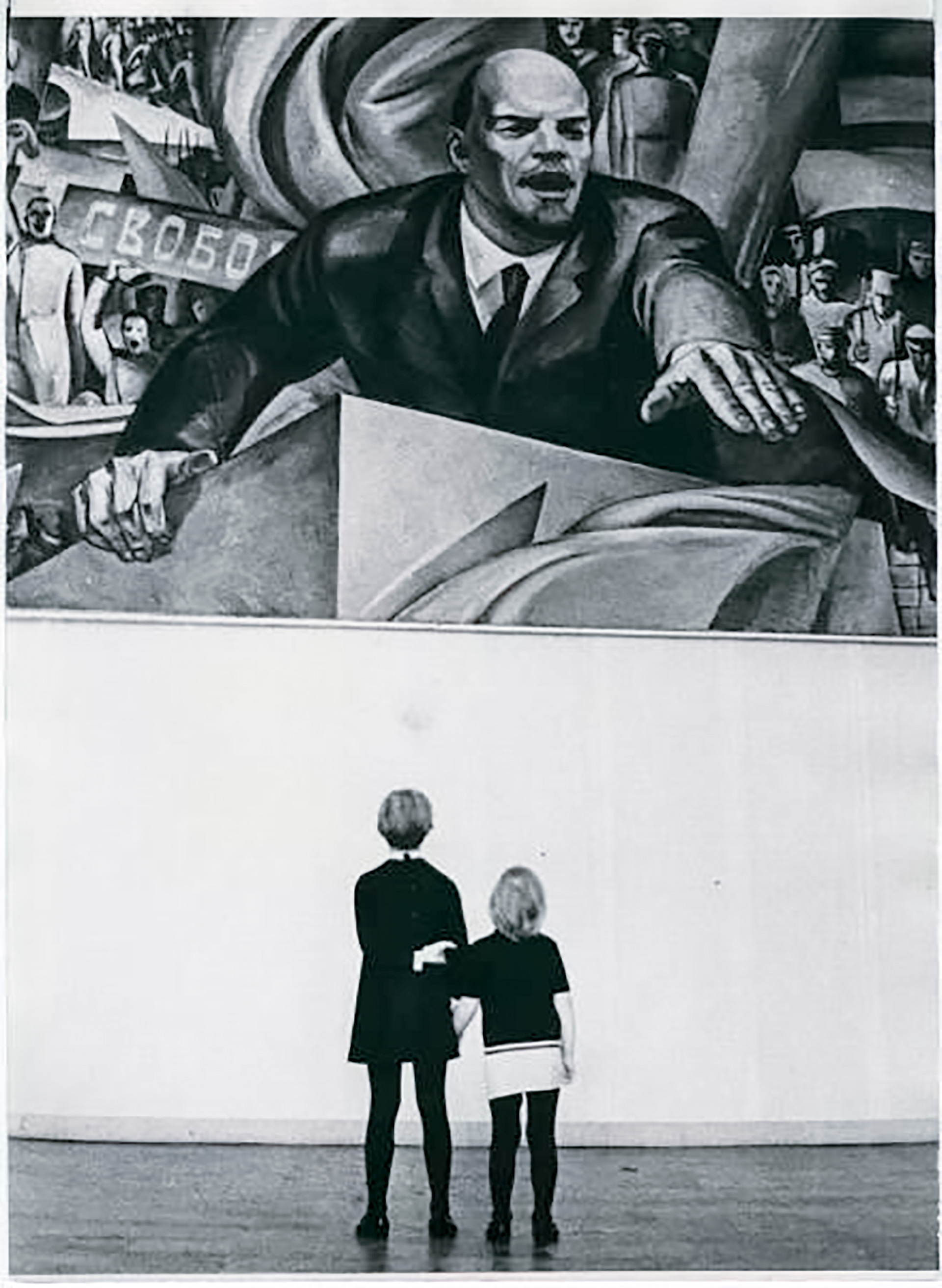 Vladimir Lagrange/МАММ/ russiainphoto.ru
Vladimir Lagrange/МАММ/ russiainphoto.ru
Lenin was the main figure in Soviet monumental art, and his image was everywhere: in factories, schools, universities, apartments, and of course, in the State Kremlin Palace.
 Vsevolod Tarasevich/МАММ/ russiainphoto.ru
Vsevolod Tarasevich/МАММ/ russiainphoto.ru
The other important hero of Soviet monumental art was the “New Soviet Man.” This ideal human had all the qualities that Soviet people should strive for - courage, strength, discipline, intelligence, work ethic and a belief in socialism.
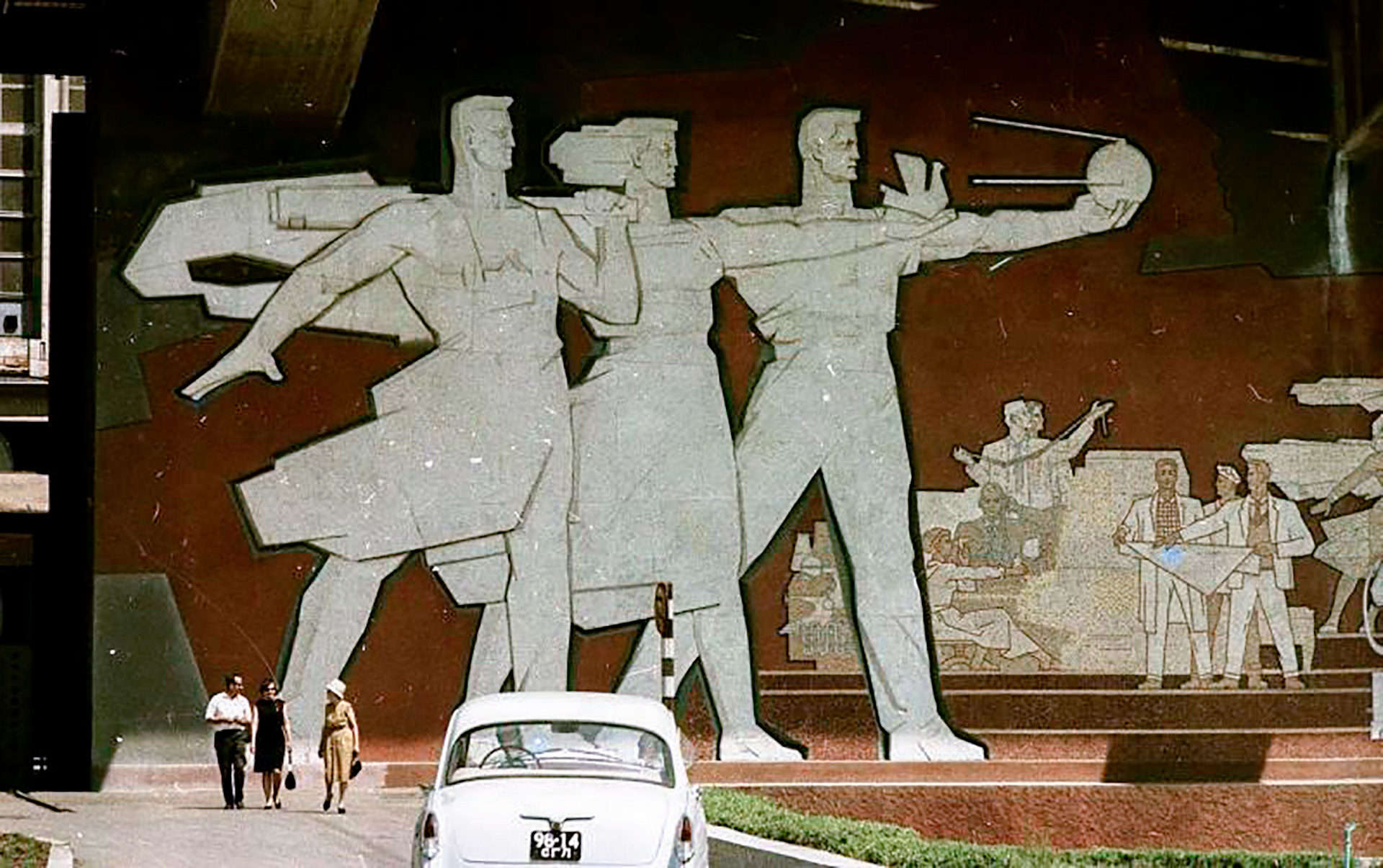 Vsevolod Tarasevich/МАММ/ russiainphoto.ru
Vsevolod Tarasevich/МАММ/ russiainphoto.ru
Apartment buildings, streets, factories, halls, palaces of culture – everywhere were huge posters, bas-reliefs, paintings and mosaics that depicted ideal images from the life of workers and peasants, as well as Soviet achievements in industry, agriculture and space exploration.
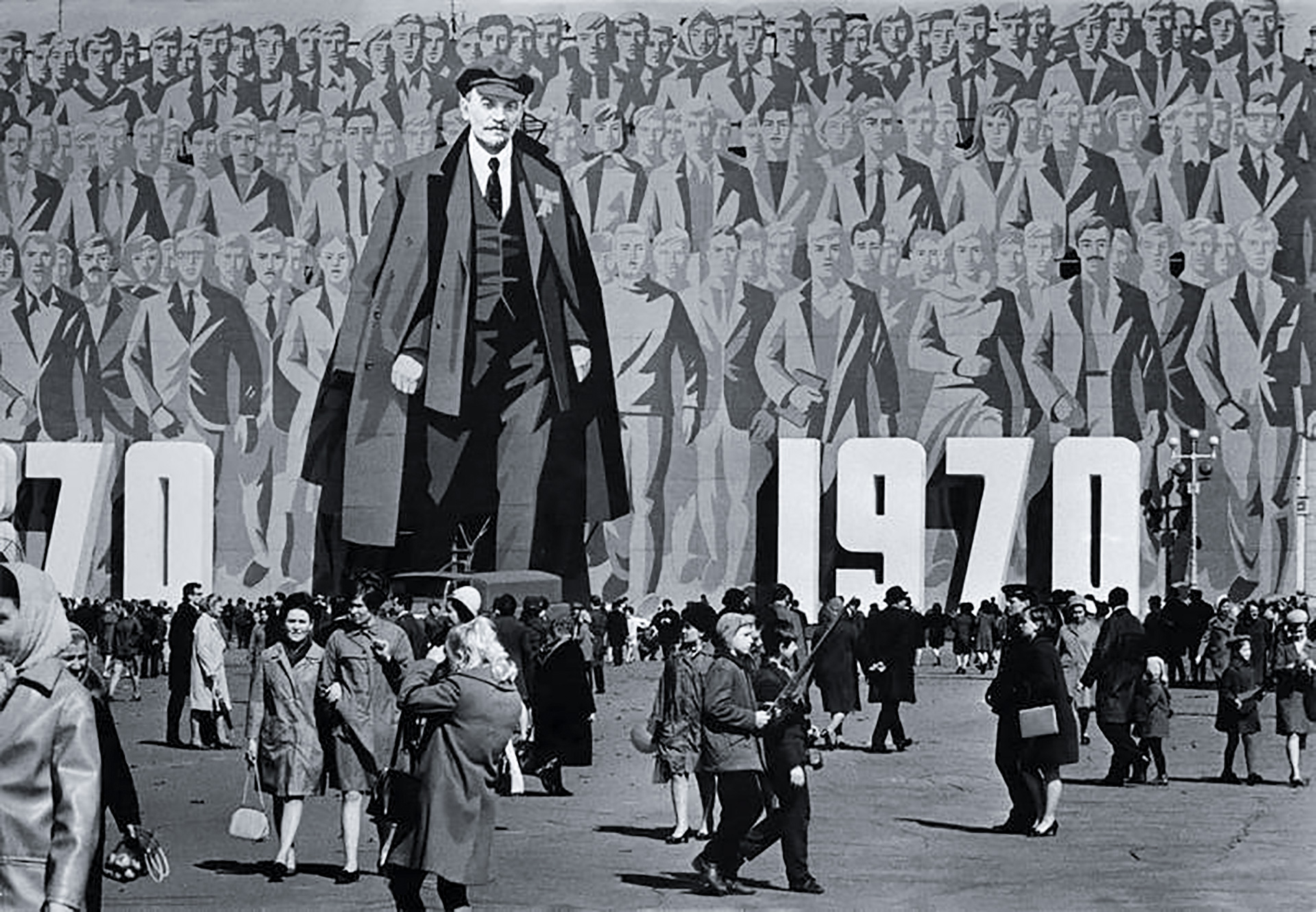 Vsevolod Tarasevich/МАММ/ russiainphoto.ru
Vsevolod Tarasevich/МАММ/ russiainphoto.ru
The state didn’t spare money and materials for monumental ideological projects and their creators. Artist-monumentalists were very prominent people in the Soviet Union.
 Yuri Smityuk/ТАСС
Yuri Smityuk/ТАСС
The Soviet epoch is long gone, but huge monumental paintings still adorn monotonous Soviet-built apartment buildings across the country.
If using any of Russia Beyond's content, partly or in full, always provide an active hyperlink to the original material.
Subscribe
to our newsletter!
Get the week's best stories straight to your inbox